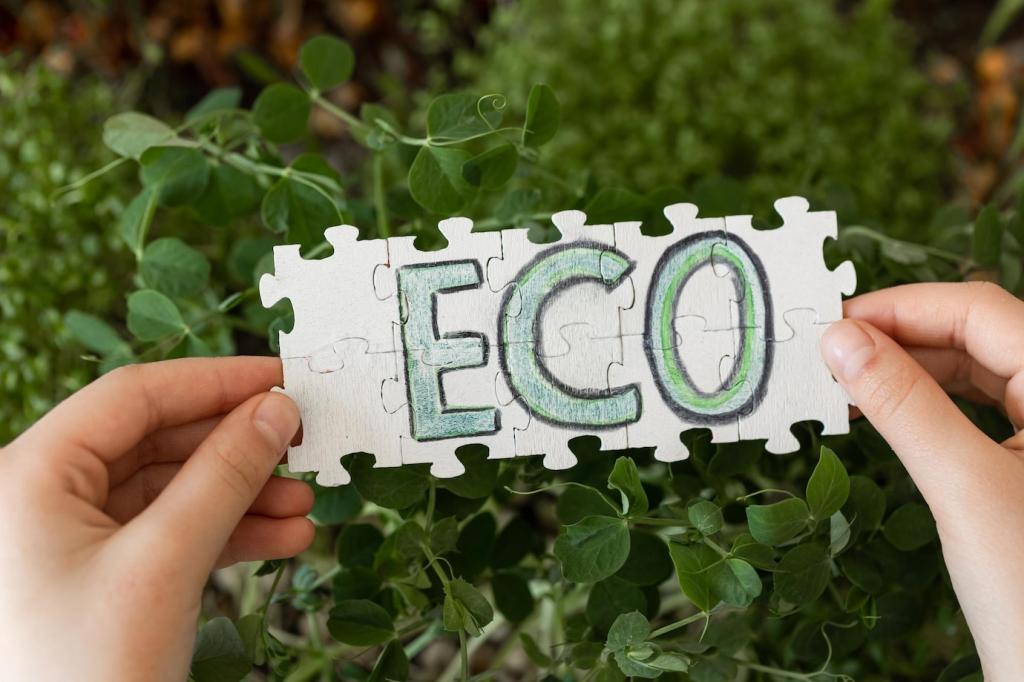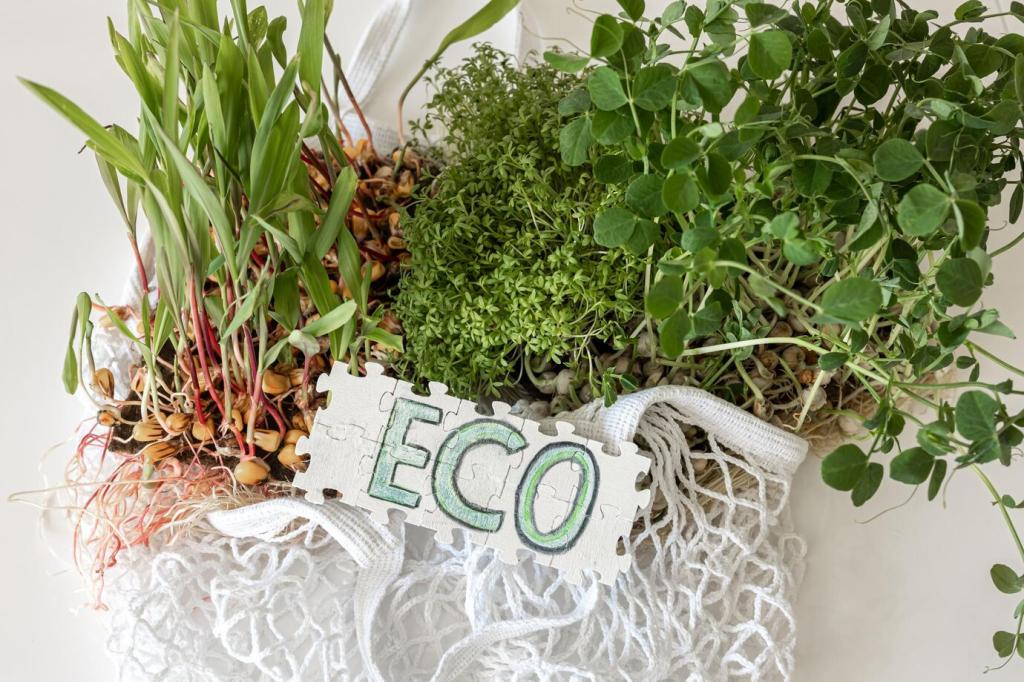Lean Research and Writing Workflows
Favor local-first note apps, browser reader modes, and clipped offline PDFs. Capture quotes with page numbers, annotate once, and archive responsibly. Fewer tabs means less CPU time, clearer thinking, and a calmer, greener path from idea to draft.
Lean Research and Writing Workflows
Draft in plain text or lightweight editors; reserve heavy design tools for final passes. Text-centric workflows reduce device strain, sync faster, and encourage clarity. Ask your readers: would a concise, well-structured article serve them better than an overloaded layout?







